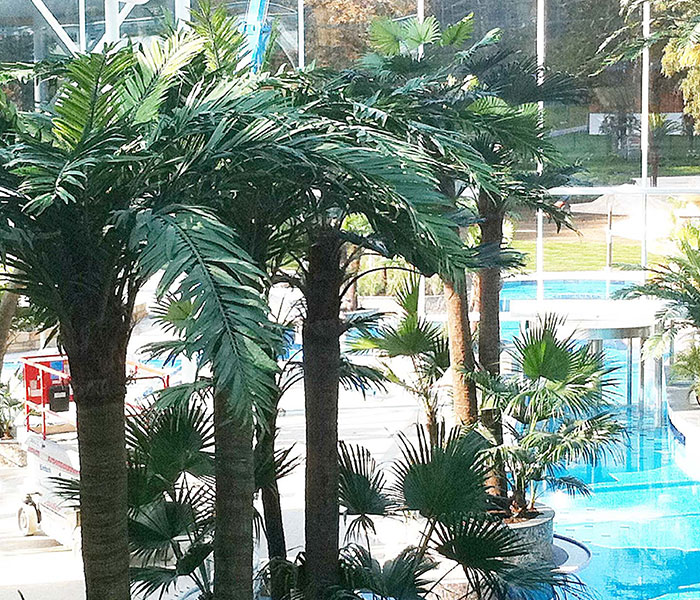
As a technique used to simulate the appearance and growth characteristics of objects in the real world, the origin of simulation trees can be traced back to the late 20th century. The development of simulation trees is mainly influenced by computer science, graphics and biology.
In the field of computer science, the development of virtual reality technology provides technical support for the research of simulation tree. Through computer simulation technology, researchers can create a simulated tree in a virtual environment to observe the growth process of the tree, changes in the leaves and the structure of the trunk. This technology can not only help people better understand the growth law of plants, but also provide useful reference for urban planning, ecological protection and forestry management.
In the field of graphics, advances in 3D modeling and animation have also laid the foundation for the development of simulation trees. By using computer software, researchers can generate realistic tree models and simulate the growth and changes of trees in different environments, thus improving the realism and credibility of simulated trees. The development of these technologies has made simulation trees widely used in movies, games and virtual reality applications.
In the field of biology, researchers have conducted in-depth research on the growth characteristics and genetic laws of plants, which provides a scientific basis for the simulation of simulated trees. By drawing on biological knowledge, researchers can more accurately simulate the growth process of trees, and simulate the appearance and characteristics of different species of plants, thus providing an important reference and support for the development of simulated trees.
To sum up, the origin of simulation trees can be traced back to the cross-influence and mutual promotion of computer science, graphics and biology. With the continuous progress and development of science and technology, it is believed that simulation tree technology will make greater breakthroughs and applications in the future, bringing more convenience and innovation to human life and work.